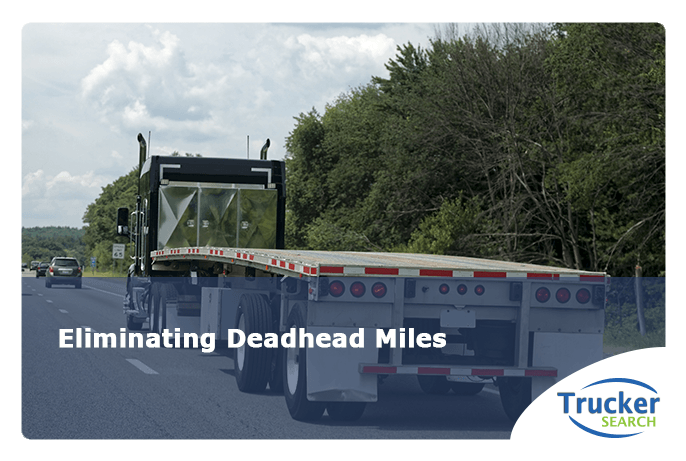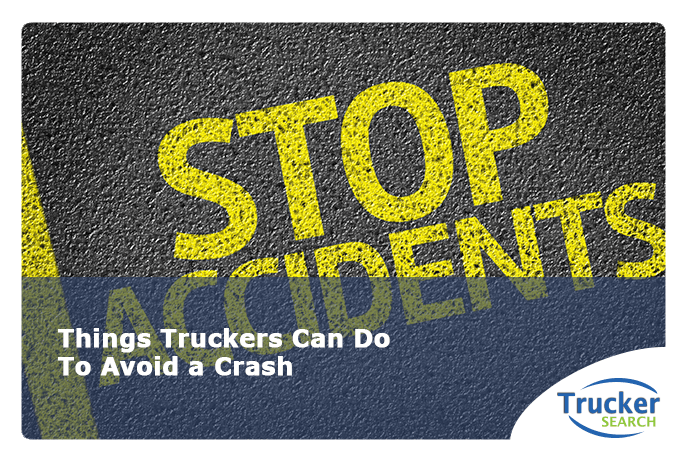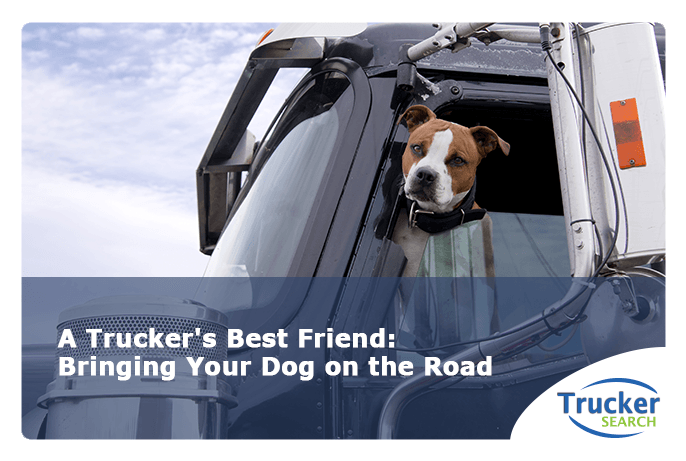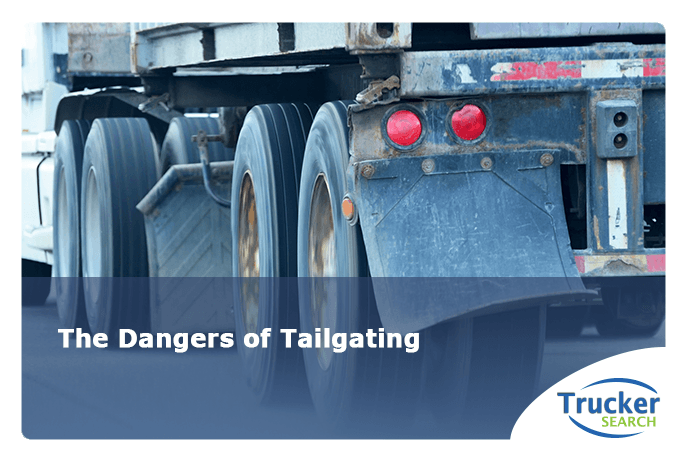Per diem pay is a benefit that truck drivers may receive that allows them to recoup expenses from being on the road, like meals, without having to wait until tax season to file a claim. “Per diem” means “per day” and the allowable 2019 per diem amount according to the IRS is $66, up from $63.
Benefits of Per Diem Pay
Aside from getting a reimbursement right away for daily expenses that come along with being on the road for extended periods, there are other benefits to receiving per diem pay. While the main benefit is receiving the payment right away, per diem pay reduces the amount of gross income the driver reports which means it might increase eligibility for public assistance or student loans because claimed income is less. Companies who pay their drivers per diem pay are the ones who are responsible for dealing with taxes properly so the driver doesn’t have to.
Disadvantages of Per Diem Pay
There are few disadvantages to receiving per diem pay. Because per diem pay decreases taxable income, less money is paid into Social Security and Medicare as well as into unemployment security. The amount of eligible unemployment or worker’s compensation benefits will be less if there’s ever a need to use them. Per diem pay is also not eligible for 401K employer matches but it’s easy to make arrangements to invest some of your extra take-home pay into retirement accounts.
Tax Code Changes
The per diem deduction used to be a benefit that all truckers could claim. However, changes in the tax code in the 2018 tax year stripped eligibility for drivers who worked for trucking companies. It repealed the individual miscellaneous itemized deductions for unreimbursed business expenses. Drivers are able to use the standardized deduction rates ($12,000 for individuals, $24,000 for married filing jointly) but whether or not this makes up for the loss of per diem deduction depends on the specifics for each taxpayer. For many, however, the tax change was costly.
By losing their per diem deduction, most company drivers paid more in taxes starting in the 2018 tax year. Before the tax changes, many truckers were deducting nearly $15,000, several thousand more than the new standardized deduction. Even with the lowering of tax rates, the change made the amount of taxable income higher, resulting in higher taxes. In many cases, company drivers didn’t merely lose their refund but rather ended up having a several thousand dollar tax bill. Drivers should consult with a tax advisor to see how the changes affected their taxes.
Who Can Still Benefit?
Fortunately, companies can still offer a per diem pay benefit to their drivers and many still do. Those drivers who are owner/operators are still eligible for the deduction and can still claim 80% of the per diem rate from their taxes.
Whether you’re an owner/operator or you’re just looking for a great company to drive for, Trucker Search can help you with your search. Go to TruckerSearch.com today and post your resume or search the extensive database of companies who need drivers like you.
Sources:
https://www.trustbgw.com/blog/2018/10/02/per-diem-rates-tax-reform/
https://www.irs.gov/publications/p501
https://www.motherjones.com/politics/2019/04/trump-tax-bill-truckers-truck-drivers-deduction/










